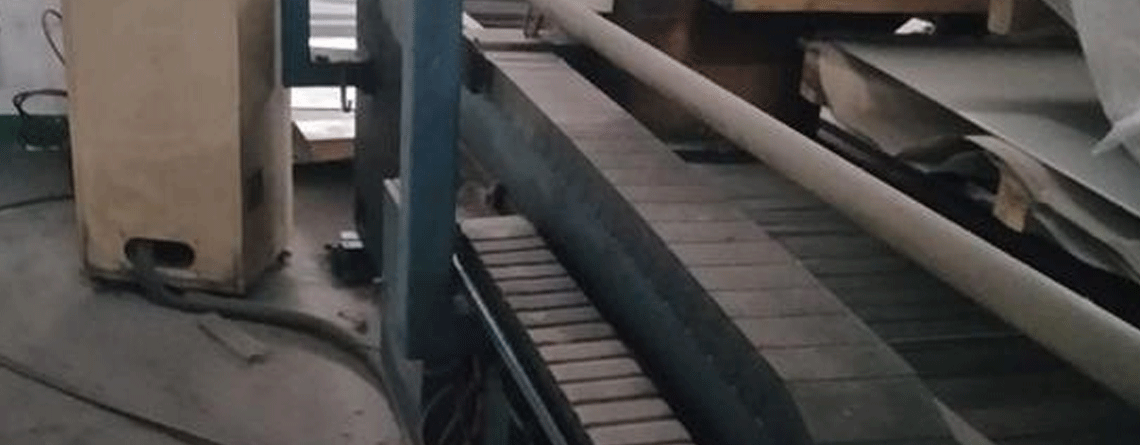For zinc alloy die-casting, should laser cutting or CNC punching be used?
As the die-casting market requires the rapid update of zinc alloy die-casting requirements, higher requirements are put forward for the flexibility of processing equipment. The application of laser cutting machines has brought a new line of vitality to the processing industry. Compared with traditional CNC punching machines, laser cutting machines have the advantages of 3C and 3S: Cool (quick cooling), Clean (clean), Calm (low noise), Sure (reliable), Savety (safety), Saving (saving), but In the entire processing market, laser cutting machines are on par with CNC punching machines.
Processing materials
Laser cutting machine can cut metal materials (including ferrous metals, non-ferrous metals, such as carbon steel, stainless steel, silicon steel, galvanized sheet, aluminum alloy die-casting, zinc alloy die-casting…), non-metallic materials (acrylic, plastic, wood, cloth, Leather, carpet, etc.) materials. It can cut carbon steel up to 20mm thick.
Basically, CNC punch presses can only punch metal materials such as zinc alloy die-casting, and the thickness is generally not greater than 6mm.
Processing flexibility
From the perspective of flexibility, the laser cutting machine has more advantages and can cut holes of any shape and size; while the punching machine can only punch holes of a limited number of specifications (the 32-station turret is considered large). For large-size holes, the small die nibbling process is used, which results in low efficiency and severe die wear.
In order to meet the processing needs of different zinc alloy die-casting products, CNC punch presses must purchase a lot of molds (different sizes, the same size but for materials of different thicknesses). Furthermore, a warehouse for storing molds must be prepared, and mold management has been added. demand. In addition, CNC punch presses have higher requirements for the flatness and surface cleanliness of the plate.
Accuracy, roughness
The laser cutting machine belongs to non-contact processing, no stress, no deformation, positioning accuracy ±0.03mm, workpiece accuracy ±0.1mm, and the cutting section is delicate and smooth; the CNC punching machine has a slightly poor processing accuracy, and the blanking section has burrs and the workpiece is deformed.
Efficiency and cost
A die casting company originally used a punch + shearing machine, and the shearing machine needs to be transferred to the punching machine after cutting. Compared with the laser cutting machine, it requires more labor.
Comprehensive comparison of the costs of using a laser cutting machine (3kW fiber laser) and a punch: electricity, consumables (the consumables of the laser cutting machine are focusing mirrors, ceramic bodies, nozzles, mirrors, gas, etc.; the consumables of the punch are molds, etc.), Labor and equipment are depreciated, and the result is that the laser cutting machine costs 179 yuan/hour, and the punching machine costs 174 yuan/hour.
Estimating the processing efficiency of all sheet metal parts (carbon steel, thickness 1.5-3mm) in a certain product of the factory, the result is that it takes only 0.2 hours to use a laser cutting machine, and 0.7 hours to use a punching machine.
It can be seen that the laser cutting machine has obvious advantages in efficiency and cost.
Of course, if the product is large in batches and specially designed molds (such as porous molds, but this will damage the flexibility), the efficiency of the CNC punching machine can be improved until it can be comparable to the laser cutting machine.
Function, limitation
Both laser cutting machines and CNC punching machines have their own functional limitations. If you need to realize the functions (processes) such as shutters, shallow stretching, countersinking, flanging holes, stiffeners, embossing, etc., you can only use CNC punching machines; for saw blades with silencers, only laser cutter can do the job.

